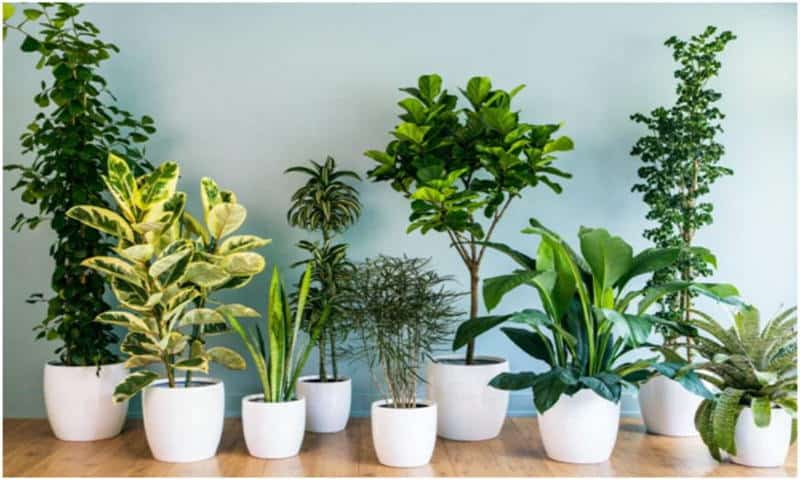Ornamental crops in Agriculture
What are Ornamental Crops?
Ornamental crops are plants that are cultivated or produced for decorative or aesthetic purposes in gardens and landscape designs such as residences, walkways, parks, and interiors. In addition, they are planted and organized or positioned where they will flourish for a certain purpose.
They are usually used to enhance the aesthetic appeal of a school’s grounds or a residence’s surroundings.

The studies or science of ornamental plants is known as Floriculture. A florist is a person who cultivates or sells flowers. There are numerous varieties of attractive plants that serve various functions.
The significance of ornamental trees, shrubs, and flowers stems from their multiple functions contributing to our well-being.
[irp]
Examples of Ornamental crops
TREES
- Masquerade tree
- Frangipani
- Flame of the forest
- Whistling pine Royal palm
SHRUBS
- Rose flower
- Lantana Flower
- Pride of Barbados
- Ice Plant
- Queen of the Night
- Lily Flower
- Hibiscus Flower
- Cockscomb
- Sunflower
- Flame of the forest flower
- Milk bush
- Croton
[irp]
GRASSES
- Bahama grass
- Bush marigold
- Lawn grass
- Carpet grass
- Crotalaria
Importance of Ornamental crops
1. Landscaping
Flowers are utilized to decorate residential and commercial structures, as well as playgrounds.
The blossoms of attractive, colorful, and fragrant plants are employed for this purpose.
2. Screening and boundary delineation
The employment of ornamental plants to shield a residence from the prying eyes of outsiders.
Also as a demarcation tool, it is utilized to separate distinct places.
[irp]
3. Supply of shade
Numerous decorative shrubs and trees, like Odan- Ficus spp and Almond tree, are utilized to provide shade for homes, particularly in rural areas.
4. Hedge plants
When they are placed close especially if they have thorns, ornamental hedge plants can be utilized to deter attackers from easily entering a property.
[irp]
5. Windbreak
Typically, large decorative shrubs and trees are placed in close proximity to buildings to act as a wind barrier.
Windbreak trees enhance the beauty of the surrounding places. Examples of windbreak trees include teak and Ashoka (Police tree).
6. Decoration
Arrangements of live, fresh flowers in vases are used to adorn living spaces.
Some potted ornamental plants are grown and displayed on the front doorways of residential and commercial buildings.
Beautiful flowers are utilized as decorations at weddings, funerals, workshops, and conferences, thereby giving color to the occasion.
7. Erosion Control
The cultivation of ornamental plants prevents erosion. Most ornamental grass obstructs the flow of water slowing down the water flow and it also helps the soil to remain compacted thereby reducing the effect of the water and wind erosion.
[irp]
8. Soil Cover
Ornamental plants and crops such as trees and shrubs help protect the soil from direct sunlight and wind erosion thereby



